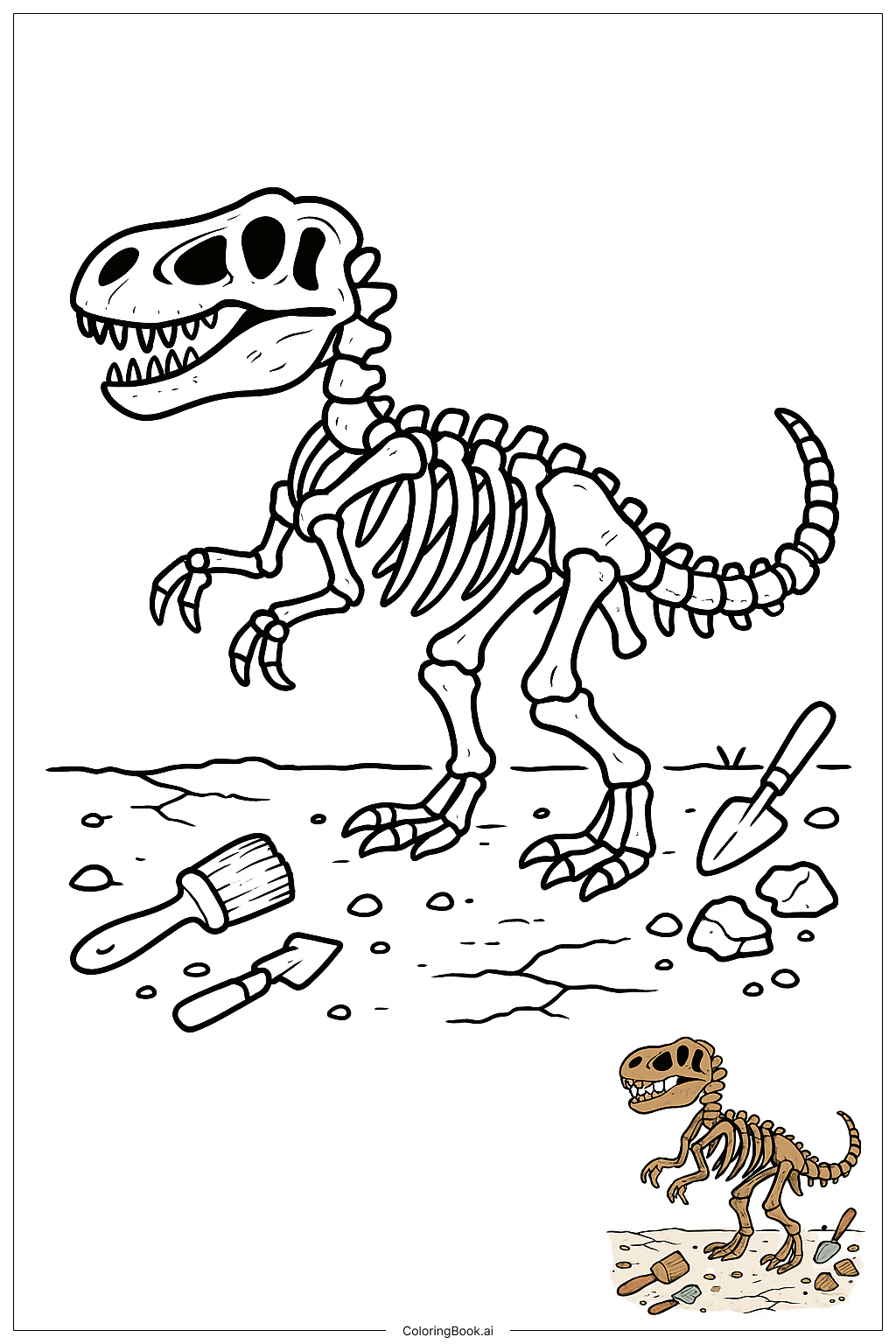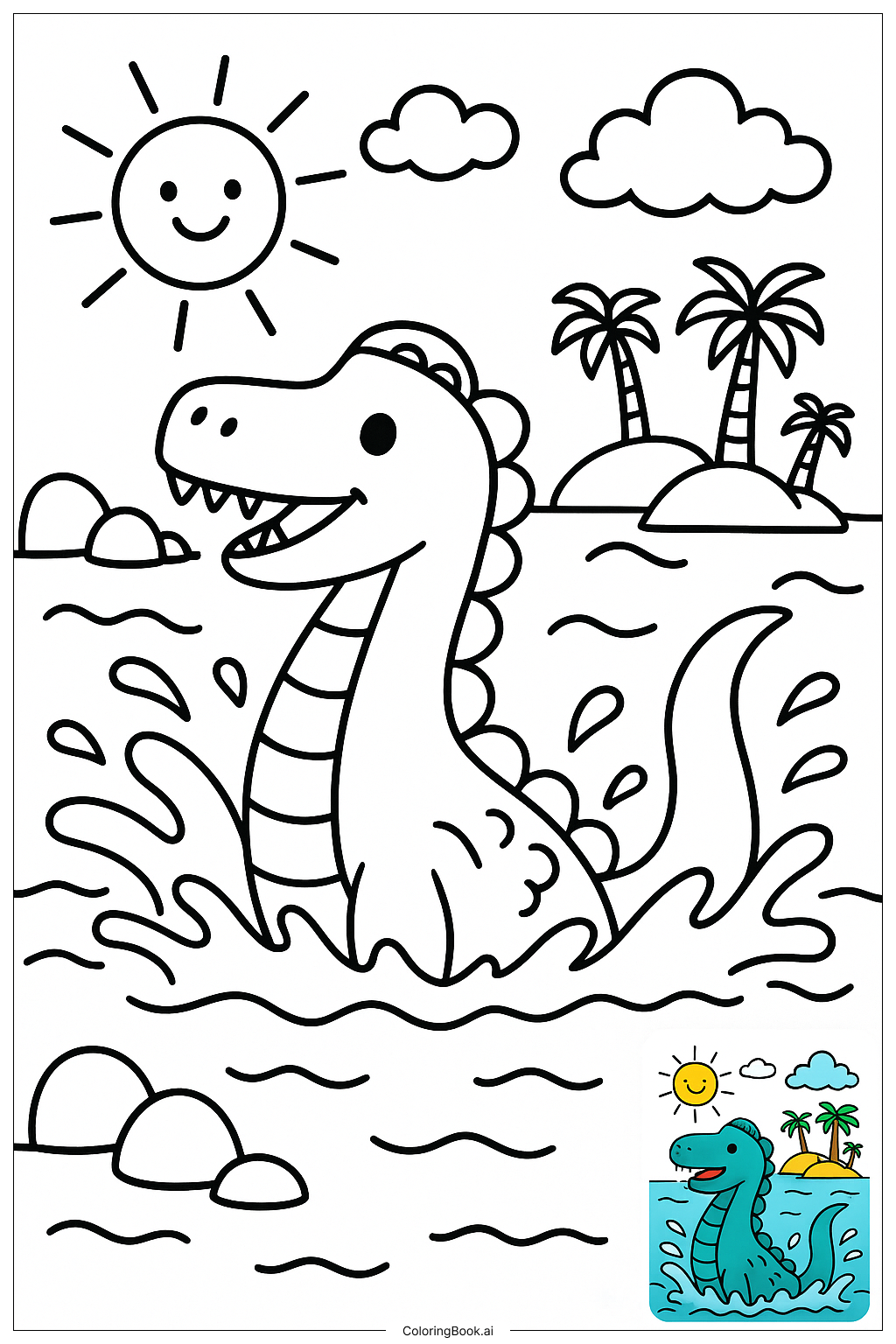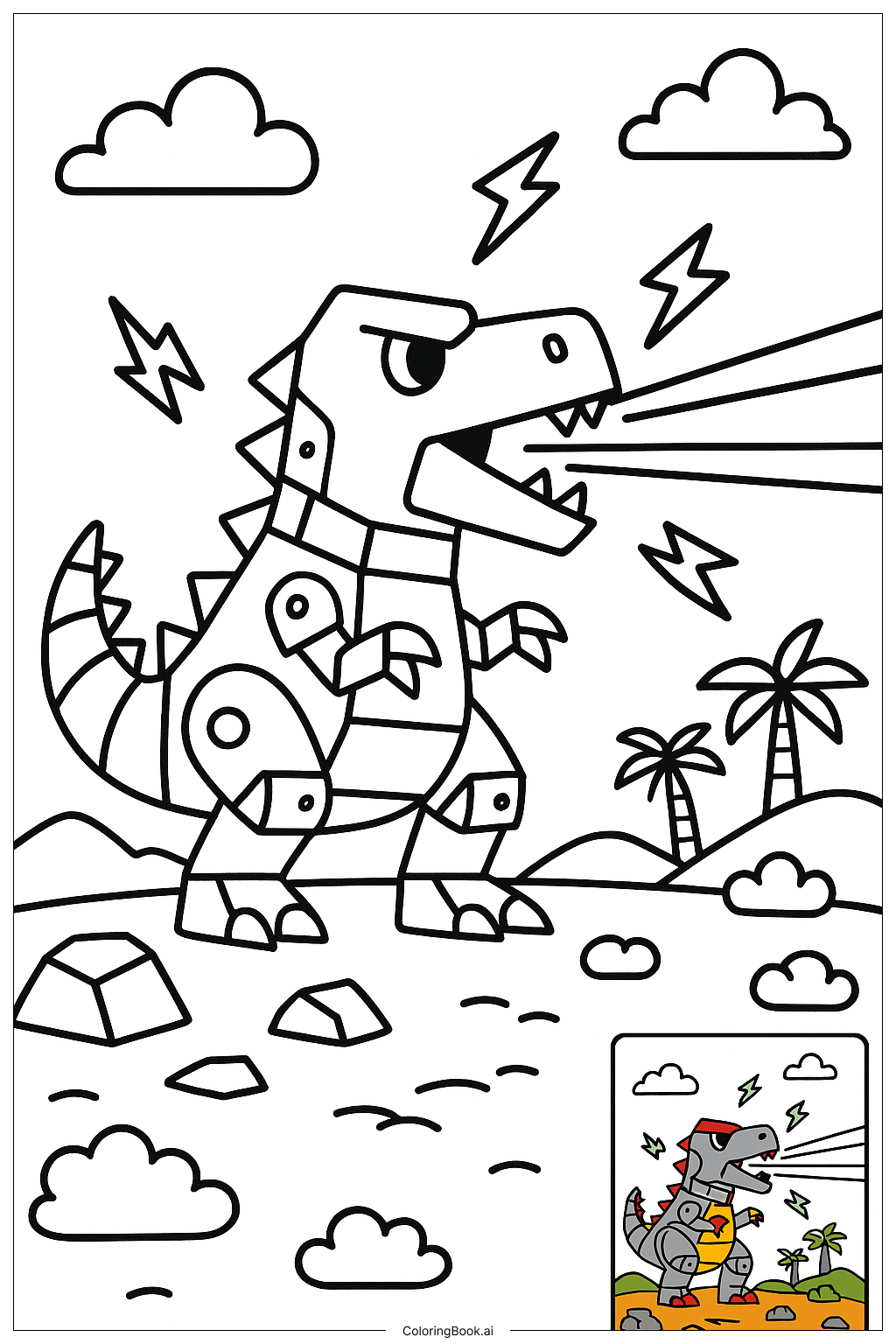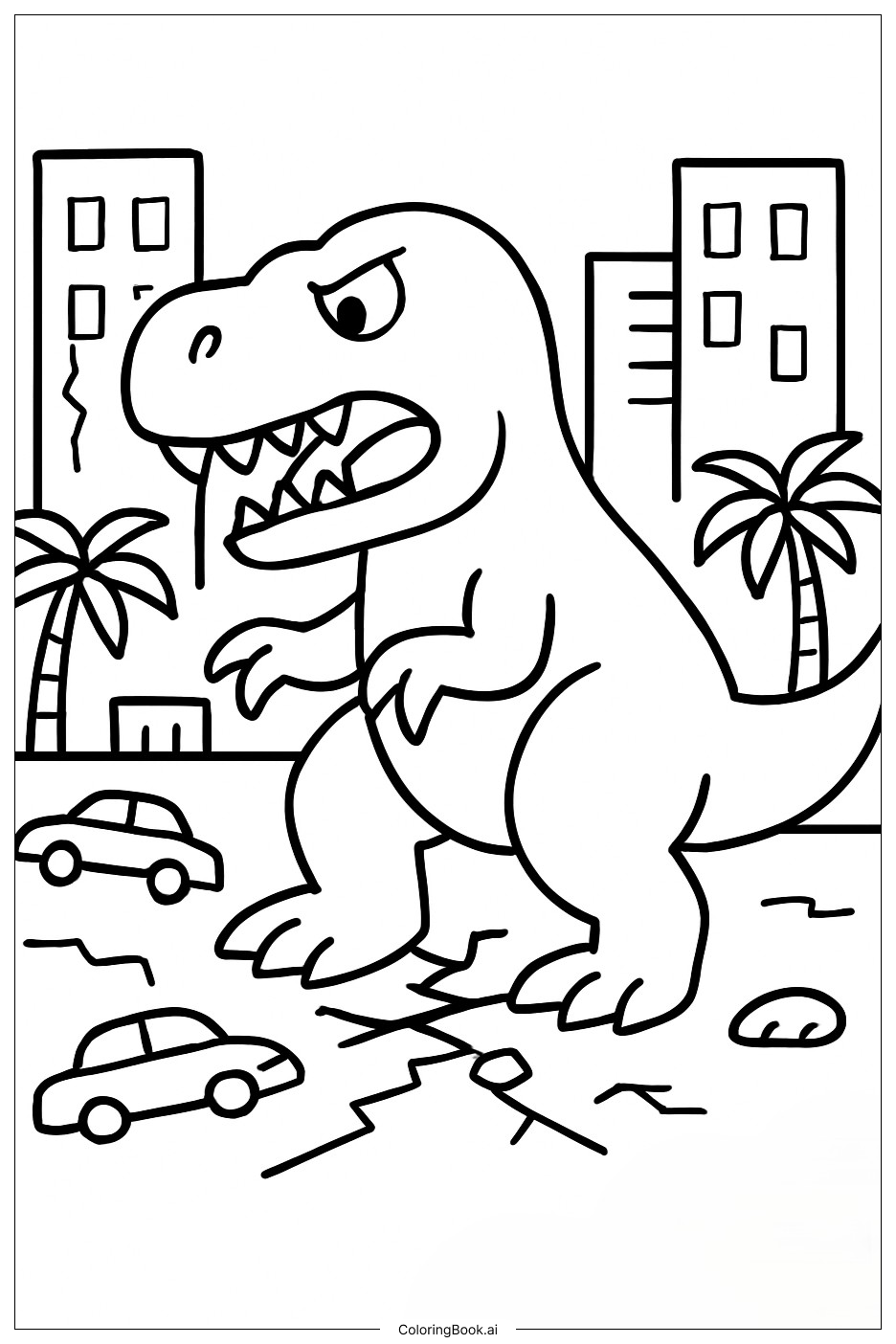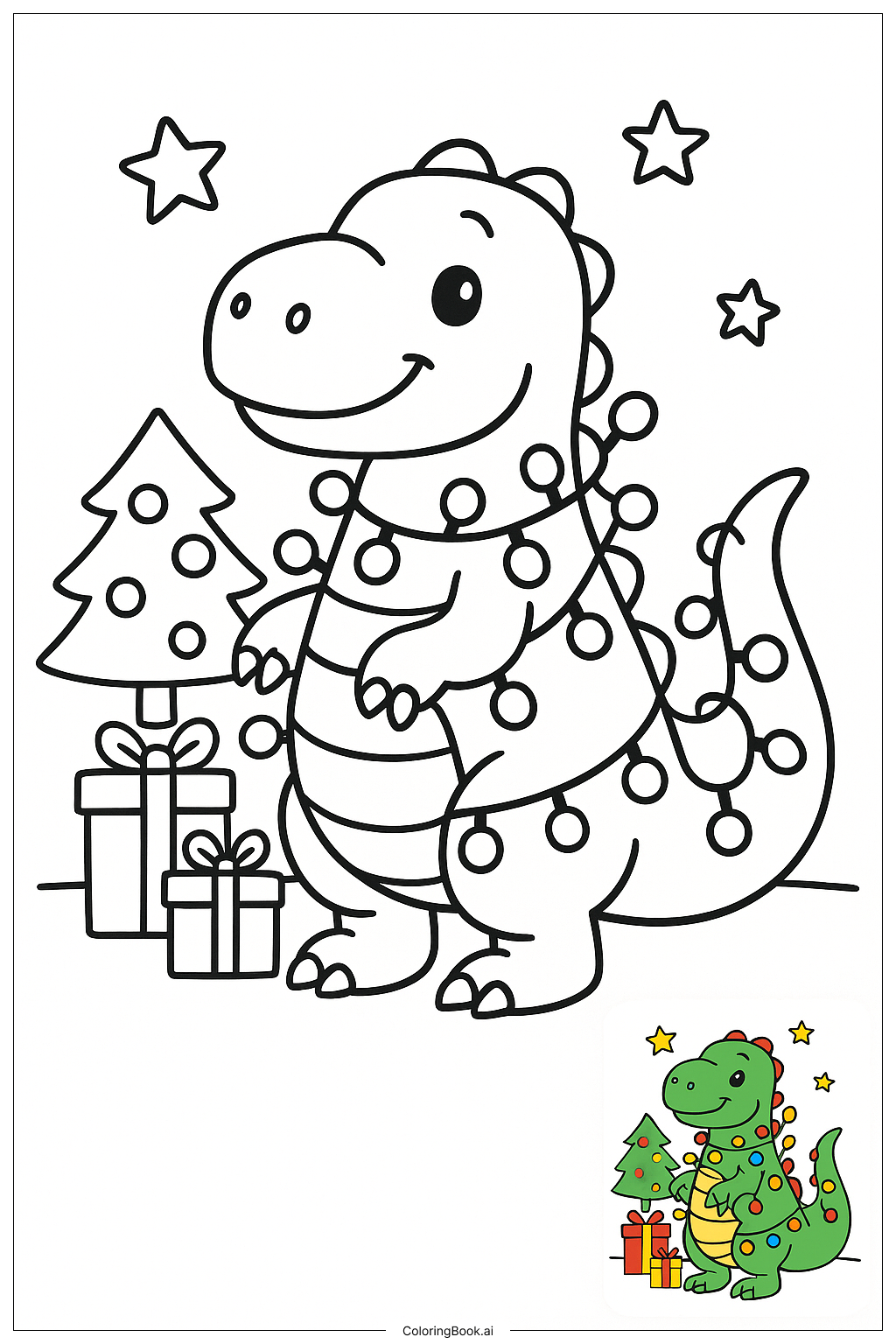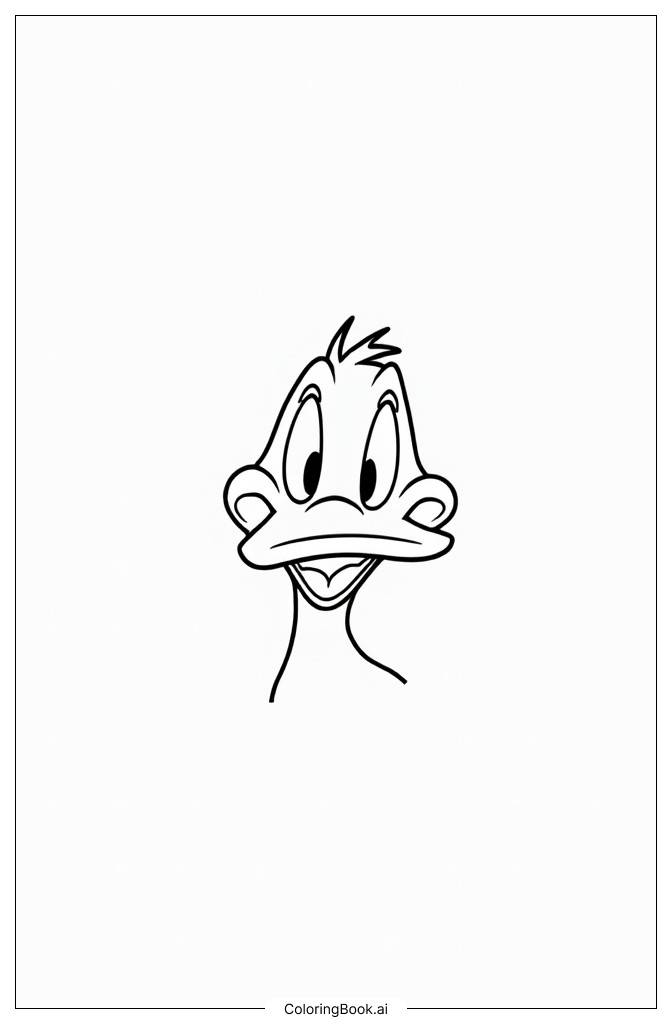Coloring tips: How to color Dinosaur Fossil Skeleton coloring page well?
Use earthy colors like browns, tans, and grays for the dinosaur bones to give it a realistic fossil look. The ground can be colored in shades of beige, light brown, or gray to represent dirt and rocks. The brush and digging tools can be bright colors like blue, red, or yellow to stand out and add fun to the picture. You can also shade the bones slightly darker on one side to show shadows and make the skeleton look three-dimensional. Try coloring the cracks on the ground a darker brown to add depth. Finish by coloring the small stones with different shades of gray and brown to make the scene look natural.
Coloring challenges: Which parts are difficult to color and need attention for Dinosaur Fossil Skeleton coloring page?
1. The dinosaur skeleton has many small and detailed bones which need careful coloring to stay inside the lines. 2. The shapes of bones can be tricky because some are thin and curved, requiring precision and patience. 3. Coloring the tools like the brush and shovels differently from the bones can be hard for children to distinguish. 4. The cracks and small stones on the ground are fine details that need careful attention to avoid coloring outside the lines. 5. Adding shadows and depth to the bones might be challenging for beginners learning to use shading techniques.
Benefits of coloring books: Advantages of drawing Dinosaur Fossil Skeleton coloring page
Coloring this dinosaur fossil picture helps improve fine motor skills because kids need to color small, detailed shapes carefully. It encourages concentration and patience by focusing on the different parts of the skeleton and the surroundings. The picture also teaches children about dinosaurs, fossils, and archaeology in a fun and creative way. It boosts creativity by allowing kids to choose colors and experiment with shading to make the skeleton look realistic. Overall, it provides an educational and enjoyable coloring experience that combines learning with art.
